Some ancient discoveries feel like they belong in science fiction. They were created long before modern tools, yet show levels of skill and knowledge that continue to surprise experts. These are not just artifacts from the past. They are reminders that early civilizations were often far more advanced than we give them credit for. Even today, many of these finds remain mysteries in the eyes of science.
1. The Antikythera Mechanism
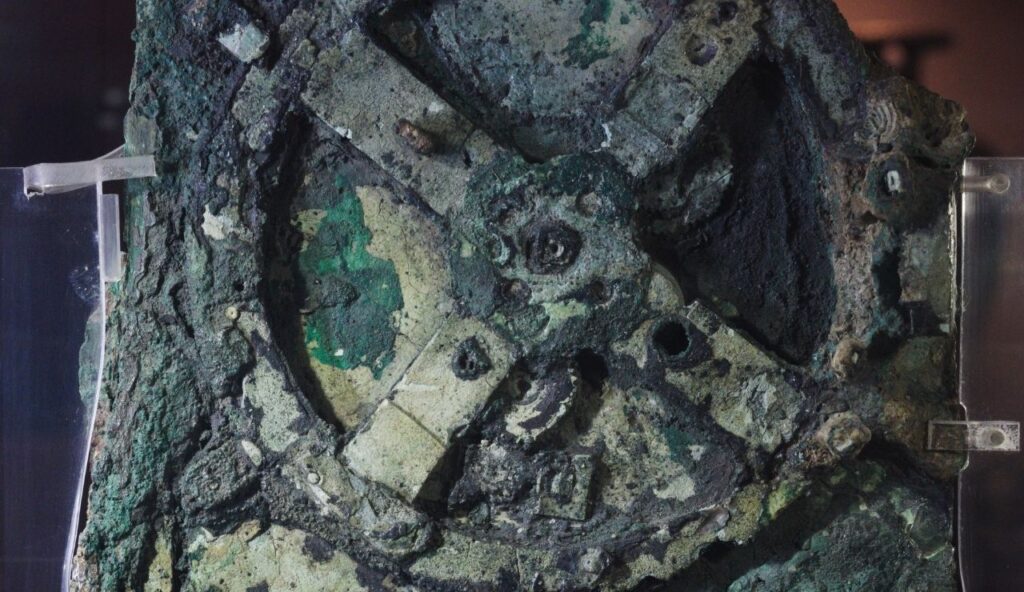
Recovered from a shipwreck near Greece, the Antikythera Mechanism is considered the world’s first known computer. Built over 2,000 years ago, it used a series of precise bronze gears to predict celestial movements. Its design was far ahead of its time, and scientists only understood its complexity after scanning it with advanced imaging. To this day, its creators and their knowledge remain a complete mystery.
2. The Great Pyramid Of Giza

Built over 4,500 years ago, the Great Pyramid is still a marvel of engineering. Its base is almost perfectly level, and the massive stones were placed with incredible precision using no mortar. Modern experts are still unsure how such accuracy was achieved without advanced tools. The pyramid’s alignment with stars and its complex inner design continue to raise questions that science has yet to fully answer.
3. Göbekli Tepe
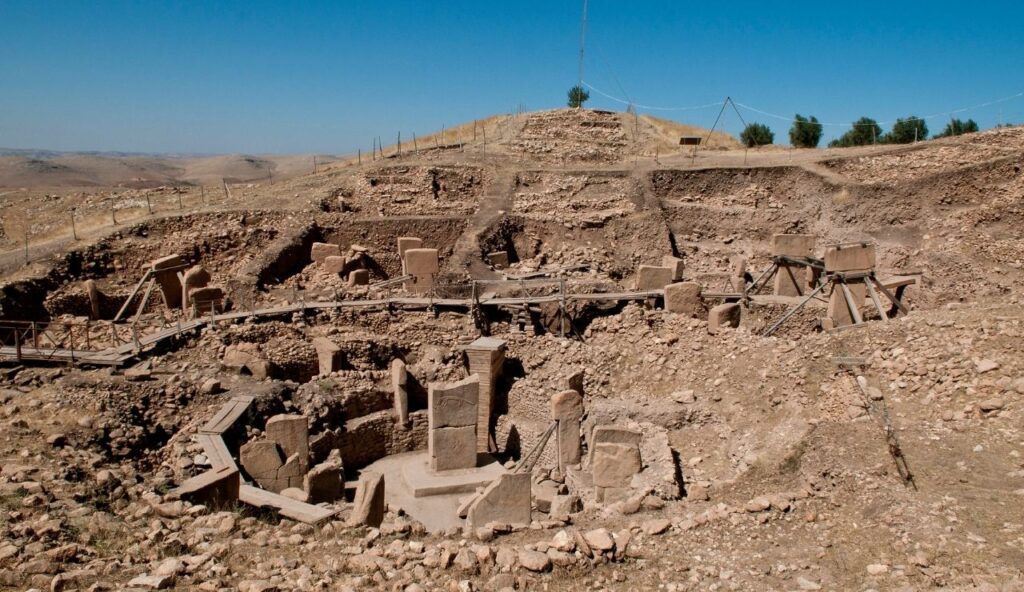
Hidden beneath a hillside in Turkey, Göbekli Tepe dates back over 11,000 years, long before farming or written language. The site features massive stone pillars arranged in circles, many with animal carvings. Its age and complexity shocked archaeologists, as it suggests organized religion and construction existed earlier than once believed. No one knows who built it, or why it was later buried on purpose and left untouched for millennia.
4. Roman Concrete

Roman concrete has lasted for over two thousand years, outlasting many modern buildings. Structures like aqueducts and harbors remain strong because the mix included volcanic ash that allowed the material to strengthen over time. Scientists recently discovered that it can even repair itself when cracked. The exact method the Romans used is still being studied, and modern engineers are trying to recreate its long-lasting formula.
5. The Nazca Lines
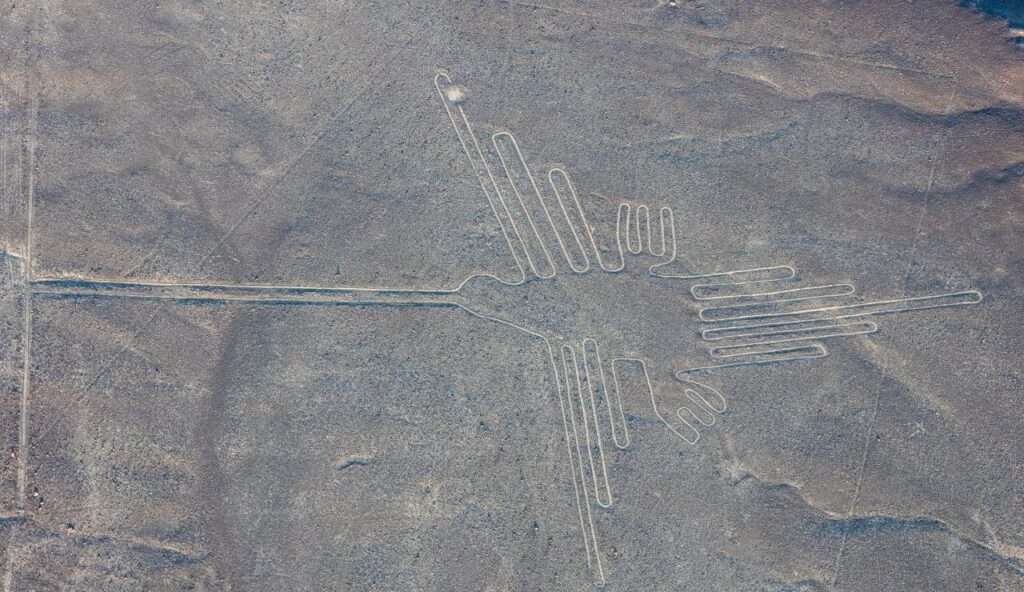
Etched into the desert floor of southern Peru, the Nazca Lines include hundreds of massive shapes and animal figures. They can only be fully seen from above, yet they were created over 1,500 years ago without access to flight. The purpose of these designs is still debated, with theories ranging from religious rituals to astronomical calendars. Their scale, precision, and mystery continue to fascinate scientists and travelers alike.
6. The Dendera Light
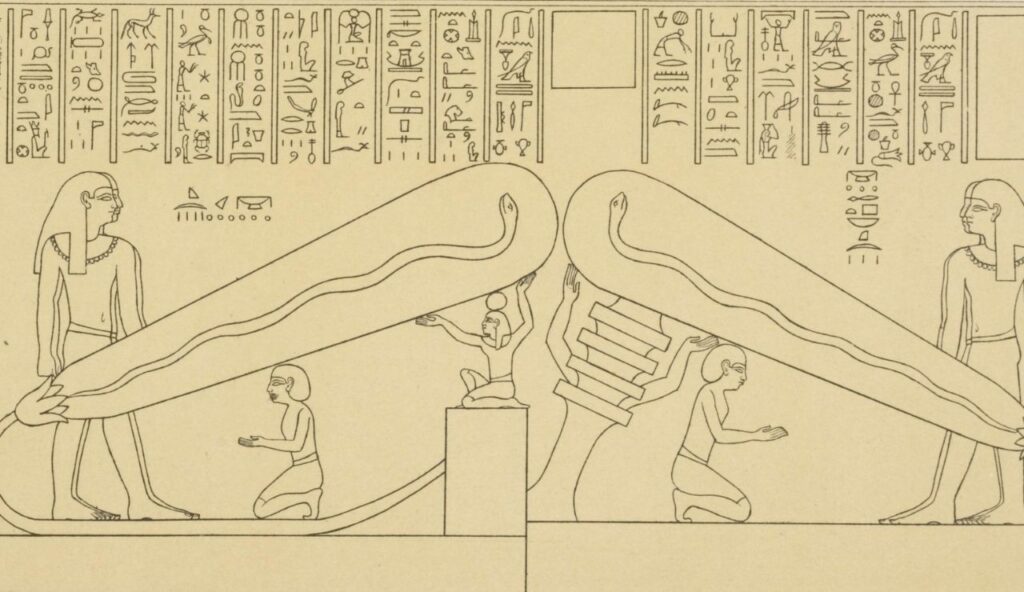
Found on the walls of Egypt’s Hathor Temple, the Dendera Light is a carving that appears to show a large bulb with a snake-like filament inside. Some believe it depicts advanced lighting technology used by ancient Egyptians, while mainstream scholars argue it’s a symbolic image. There’s no physical evidence of ancient electric devices in the temple, but the strange artwork keeps the debate open among historians and fringe theorists.
7. The Voynich Manuscript

The Voynich Manuscript is a centuries-old book written in an unknown language and filled with strange illustrations. Scholars and codebreakers have spent years trying to decode it, but its meaning remains hidden. The pages show unfamiliar plants, star charts, and mysterious symbols. Some think it holds scientific knowledge, while others suspect it’s an elaborate hoax. Despite many attempts, its secrets are still locked away in unreadable script.
8. The Sacsayhuamán Walls
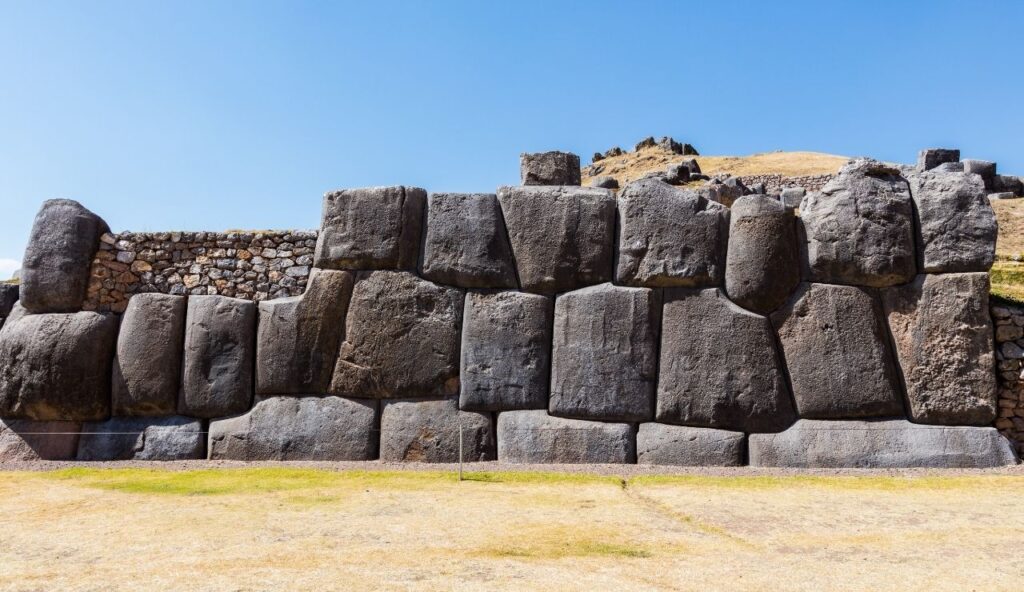
Near the ancient city of Cusco in Peru, the Sacsayhuamán walls are built from massive stone blocks fitted together with astonishing precision. Some stones weigh over 100 tons, yet they align so tightly that not even a blade of grass fits between them. No mortar was used, and the exact method of cutting and moving the stones remains unknown. The craftsmanship still amazes modern architects and historians alike.
9. The Lycurgus Cup

The Lycurgus Cup, made in ancient Rome, changes color depending on the light source. In regular light it appears green, but when lit from behind, it glows red. Scientists discovered that the glass contains tiny particles of gold and silver, creating this rare effect. This shows a surprising understanding of nanotechnology, centuries before the term existed. The exact techniques used to craft the cup remain a topic of research today.
10. The Piri Reis Map
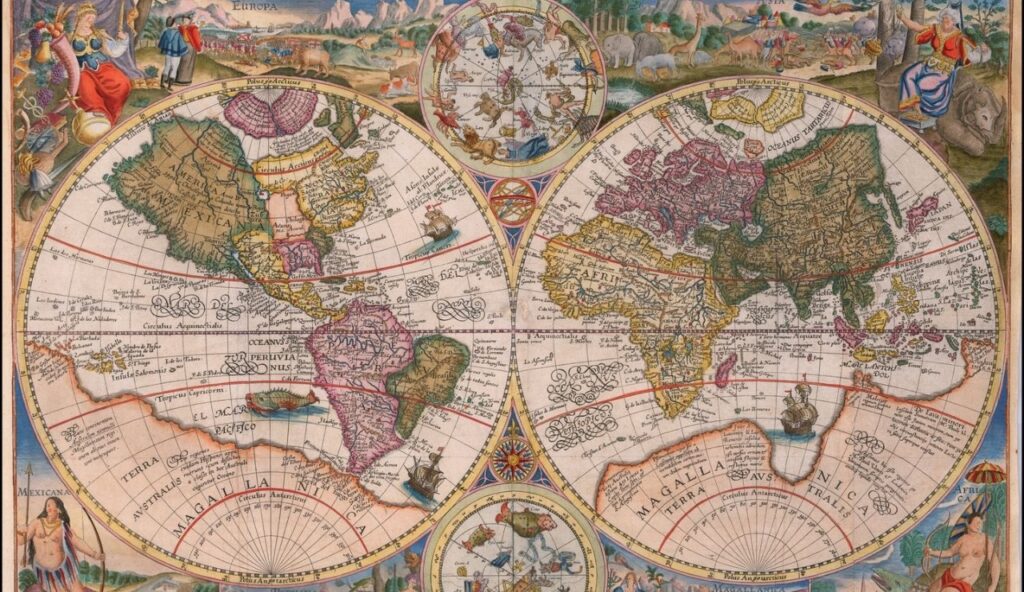
Drawn in 1513, the Piri Reis Map shows parts of South America and Antarctica with impressive accuracy. What makes it strange is that Antarctica appears without its ice sheet, which wasn’t officially mapped until centuries later. The map’s creator claimed he used ancient sources now lost to history. Experts still debate how such detailed geographic knowledge existed so early, and where the original data may have come from.
11. The Longyou Caves
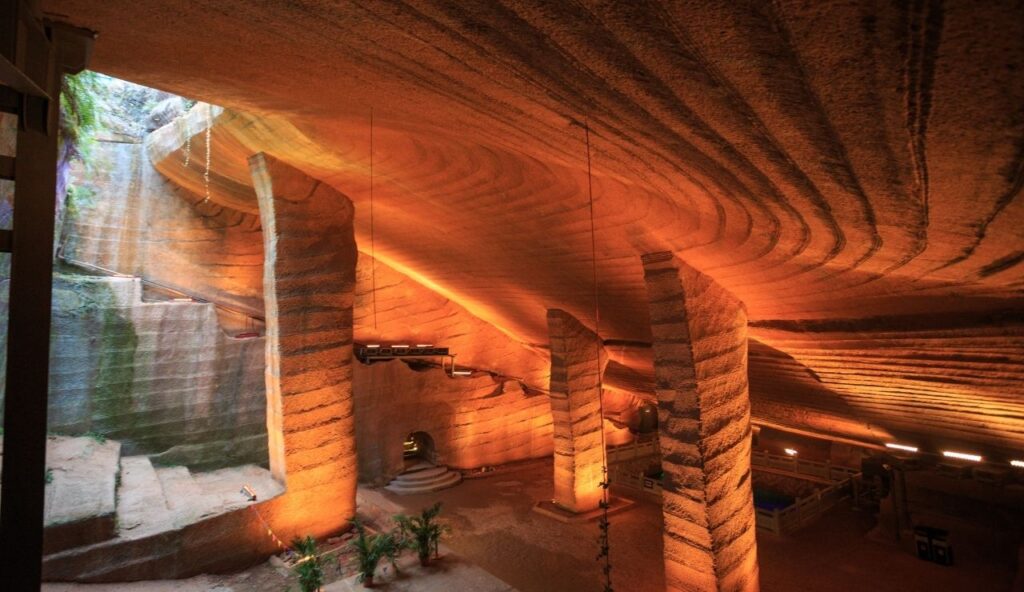
Discovered in China in the 1990s, the Longyou Caves were carved into solid rock over 2,000 years ago. Each chamber is massive, with walls covered in uniform chisel marks. No ancient records mention their construction, and no tools or debris were ever found. Creating them would have required careful planning and enormous labor. Their purpose remains unknown, making them one of China’s most puzzling archaeological sites.
12. The Shroud Of Turin
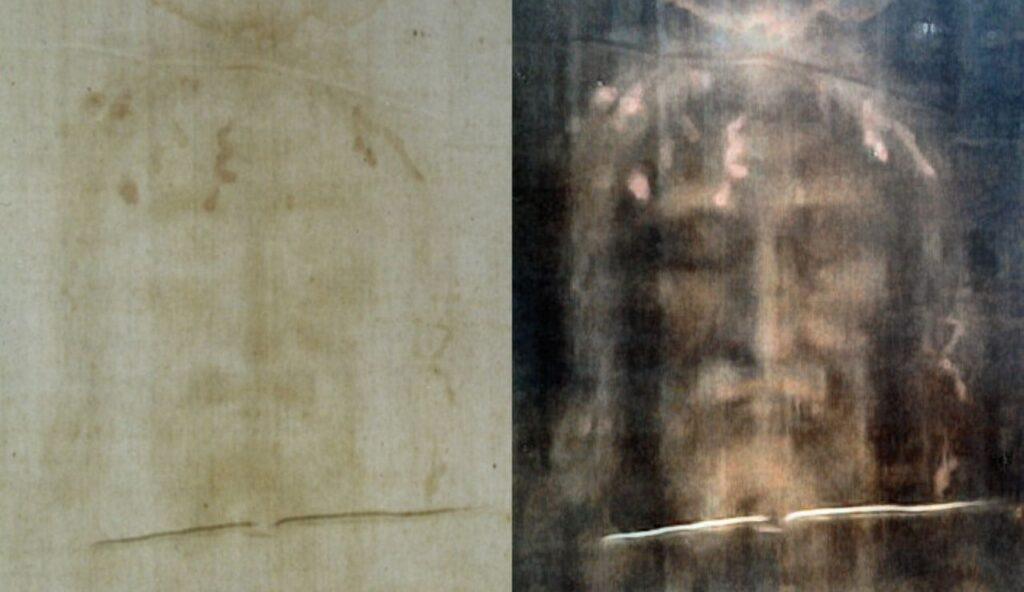
The Shroud of Turin is a linen cloth bearing the faint image of a man who appears to have been crucified. Some believe it is the burial cloth of Jesus, while others view it as a medieval creation. Radiocarbon tests have given mixed results, and no one can fully explain how the image was formed. Despite centuries of study, the shroud remains one of the most debated and mysterious relics in religious history.


